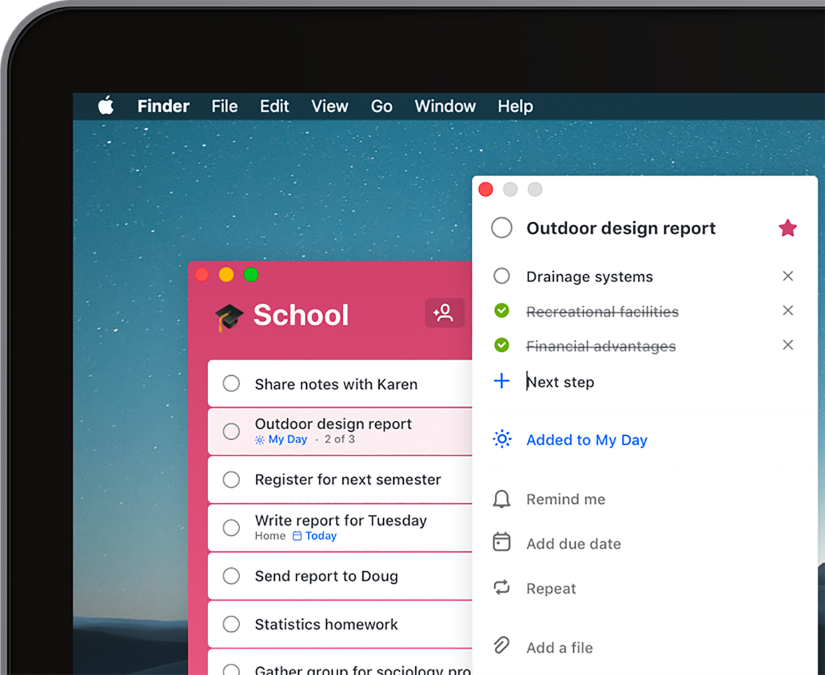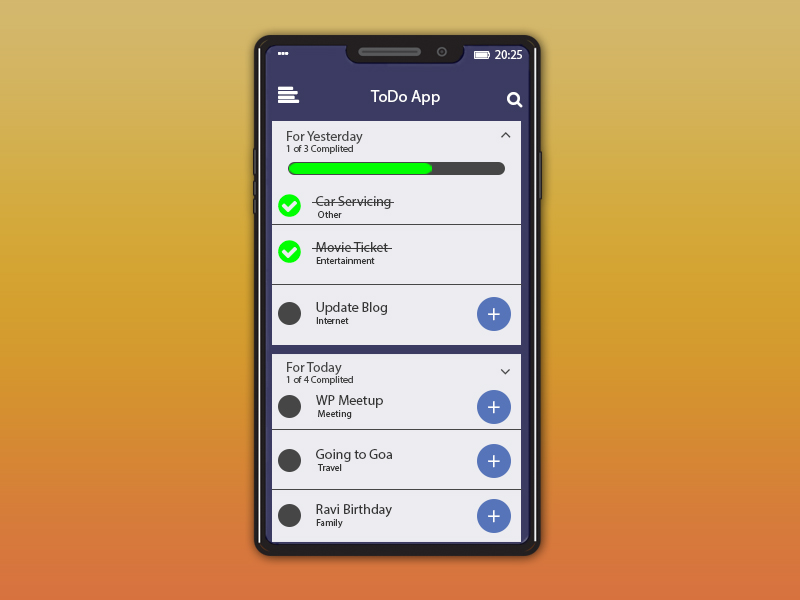


put_item ( Item = item ) JWT Authentication ¶ get_item ( uid, username ) 120 if description is not None : 121 item = description 122 if state is not None : 123 item = state 124 if metadata is not None : 125 item = metadata 126 self. GET - /todos/ 114 ) 115 116 def update_item ( self, uid, description = None, state = None, 117 metadata = None, username = DEFAULT_USERNAME ): 118 # We could also use update_item() with an UpdateExpression. GET - /todos/ - Gets a list of all todo items The REST API supports the following resources: REST API, along with a Lambda function for our authorizer, a Lambda functionįor our REST API, and two DynamoDB tables. Below isĪn architecture diagram of our sample app. The Todo items are stored in a separate DynamoDB table. For this sample app, we’re using JSON Web This lets you define a Lambda function to The authentication isĭone using a builtin authorizer. InformationĪbout our users is stored in an Amazon DynamoDB table. In order to see a list of your Todo items, you must first log in. It lets youĬreate a new Todo list as well as check off existing Todo items.

The rest API lets you manage a Todo list.

The main component of this application is a REST API backed by Amazon API Then walk through the main sections of the final version of this In this document we review the architecture, the deployment process, It takes several hours to work through all the workshop To automatically deploy your application whenever you push to your git The workshop also shows you how to set up a CI/CD pipeline Then we introduce DynamoDB, then JWTĪuth, etc. In the workshop, we first create a REST API with You build the app by gradually adding eachįeature piece by piece. Is that the workshop is a detailed step by step process for how to create The main difference between the sample apps here and the Chalice workshops This sample application is also available as a workshop.


 0 kommentar(er)
0 kommentar(er)
